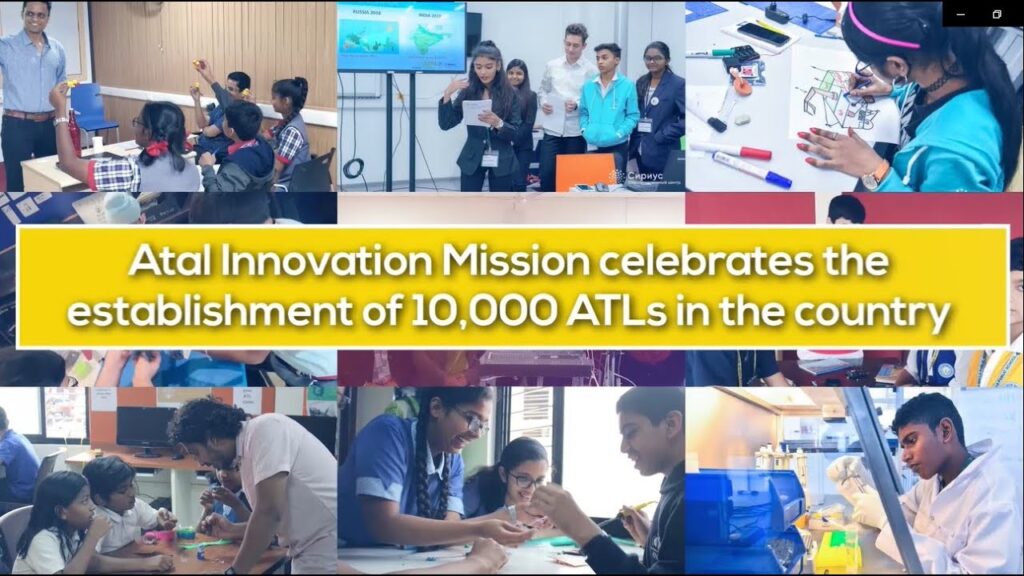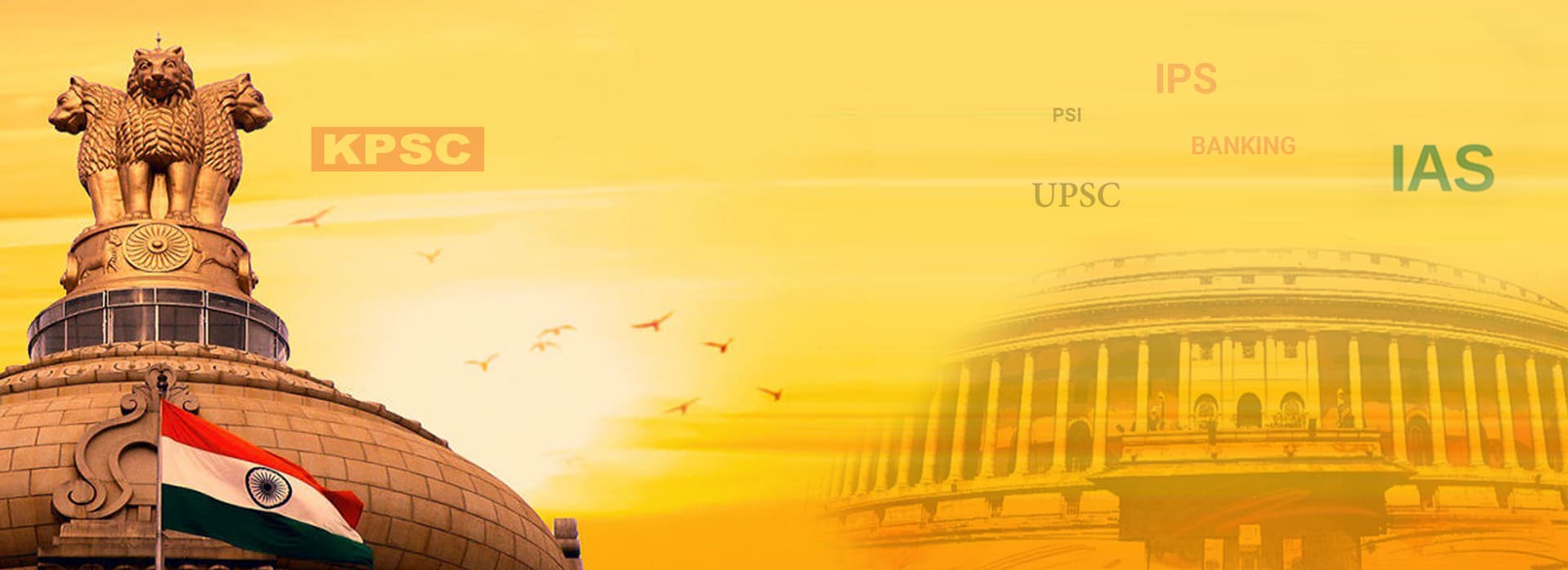UNREGULATED AI MISUSES ARTISTIC CULTURAL LEGACY
Syllabus:
GS-3:
- Science and technology
- Artificial Intelligence and its Application
Why in the News?
- OpenAI’s GPT-4o model update enabled users to generate Studio Ghibli-style images, sparking global controversy when military propaganda, terror attacks, and sensitive events were depicted in this aesthetic.
- This raised serious concerns about ethical AI use, copyright infringement, and cultural misappropriation of Japanese director Hayao Miyazaki’s anti-war artistic legacy.

Ethical Concerns and Artistic Misuse
- Philosophical Betrayal: Miyazaki’s films strongly oppose war, violence, and militarism, making their use in such contexts deeply ironic and offensive.
- Expert Viewpoint: David Leslie called the trend a “troubling misappropriation”, stating Miyazaki’s style is being used in contexts he would oppose.
- Cultural Dissonance: The Ghibli aesthetic, known for empathy and peace, is now being used to depict propaganda and conflict, eroding its meaning.
- Transparency Issue: OpenAI’s lack of clarity about training data raises further concerns about whether Studio Ghibli works were used without consent.
- Fan Backlash: A resurfaced video shows Miyazaki calling AI art an “insult to life”, reinforcing public anger at how his style is being used.
Legal Dimensions of Copyright and Style
- Copyright Limits: Legal experts explain that while images can be copyrighted, styles or concepts like “Ghibli-style” cannot be.
- Fair Use Claim: OpenAI defends its practices under the fair use doctrine, arguing it supports innovation and competitiveness.
- Ongoing Litigation: Cases like Andersen vs. Stability AI will test if using specific styles in AI-generated art counts as infringement.
- Unsettled Law: Tori Noble of EFF notes that US courts have yet to decide if generating art in someone’s style violates copyright.
- Moral Rights Gap: The U.S. does not recognize strong moral rights for creators, leaving Studio Ghibli with limited legal recourse.
Human Creativity vs. Machine Generation
- Authentic Tribute: Films like The Glassworker (2024) by Usman Riaz show how human-made art can honour Miyazaki’s values.
- Craftsmanship Contrast: Unlike AI images, hand-drawn films take years of thoughtful effort, aligning more with Miyazaki’s philosophy.
- Moral Disconnect: AI-generated Ghibli-style images used by governments and trolls mock the core themes of peace and empathy.
- Cultural Erosion: The trend dilutes the meaning of Ghibli’s legacy, reducing it to a visual filter devoid of moral substance.
- Creator Autonomy: Without strong rights, creators like Miyazaki cannot control how their vision is reused, even if it harms their legacy.
Cultural Appropriation and Misrepresentation
● Aesthetic Misuse: Turning powerful historical moments like terrorist attacks or religious riots into “cute” anime images trivializes real suffering and deeply offends the communities involved.
● Context Ignorance: Many users failed to grasp the symbolic depth of Studio Ghibli’s themes, reducing them to mere style while ignoring the films’ moral and cultural messages.
● Identity Theft: Artists like Miyazaki, who spent decades shaping a unique visual and moral language, now see their identity stripped of meaning by algorithmic replication.
● Propaganda Tool: Authoritarian regimes and state actors using Ghibli-style imagery for military PR is a gross distortion of a style rooted in anti-war, anti-violence philosophy.
● Ethical Failure: Using Ghibli’s art to mock or manipulate public sentiment, especially in sensitive situations like arrests or religious violence, reflects a dangerous erosion of ethical boundaries.
Implications for Global Art and AI Regulation
● Global Challenge: The unchecked growth of generative AI across borders raises urgent questions about how different legal systems handle intellectual property and cultural integrity in the AI era.
● Need for Frameworks: Current copyright laws were not built for this reality; international regulatory frameworks are essential to prevent cross-border exploitation of artistic legacies.
●Policy Lag: While AI capabilities evolve rapidly, governments and institutions lag behind, struggling to define policies that protect both innovation and the rights of creators.
●Artists’ Survival: Without intervention, many artists face the threat of being replaced by AI models trained on their own works, undermining their livelihoods and discouraging new talent.
● Urgent Reforms: The Ghibli-style controversy is a wake-up call for policymakers to enforce transparency in AI training data and introduce accountability mechanisms for tech companies.
Future of Artistic Protection in AI Era
- Protective Tools: Artists are turning to anti-AI tools like Glaze to prevent their works from being used for AI training.
- Policy Solutions: Experts suggest social and labour policies, not extended copyright, to safeguard livelihoods of human artists.
- Platform Ethics: OpenAI currently respects robots.txt, but many other developers may ignore such protections in the future.
- Economic Harm: As AI reshapes art, many fear a decline in sustainable careers for illustrators, animators, and art educators.
- Existential Risk: David Leslie warns that misuse of styles like Ghibli’s signals a deeper transformation threatening the future of visual art.
Conclusion
The misuse of AI-generated art highlights growing tensions between technological innovation and artistic ethics. While AI democratizes creativity, its unregulated spread can distort cultural narratives, erode artistic dignity, and commercialize sensitive historical moments. Global cooperation, legal clarity, and ethical AI design are essential to protect artistic expression in the digital age.
Source:Indian Express
Mains Practice Question
Q. With reference to recent controversies around AI-generated imagery, critically examine the ethical, legal, and cultural challenges posed by generative AI tools. How can India frame a balanced regulatory approach to protect creators while promoting innovation?





